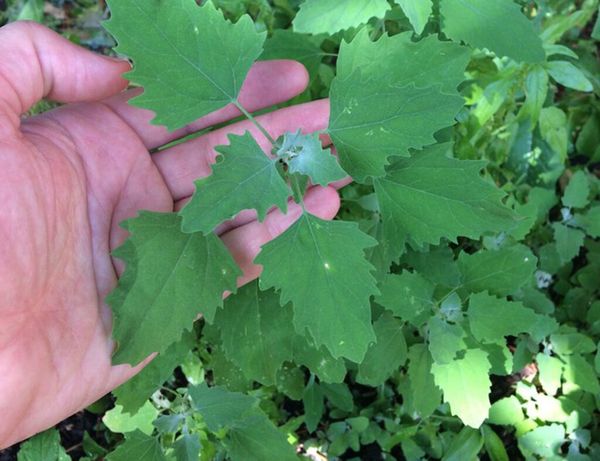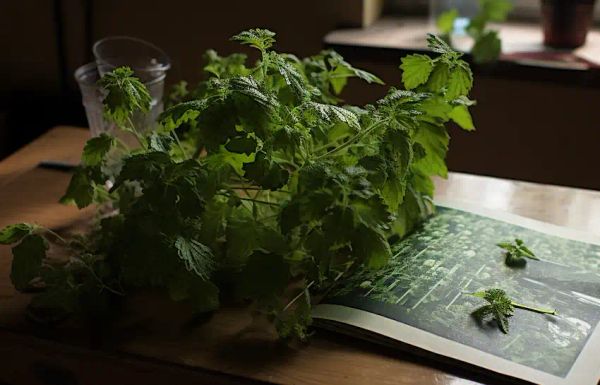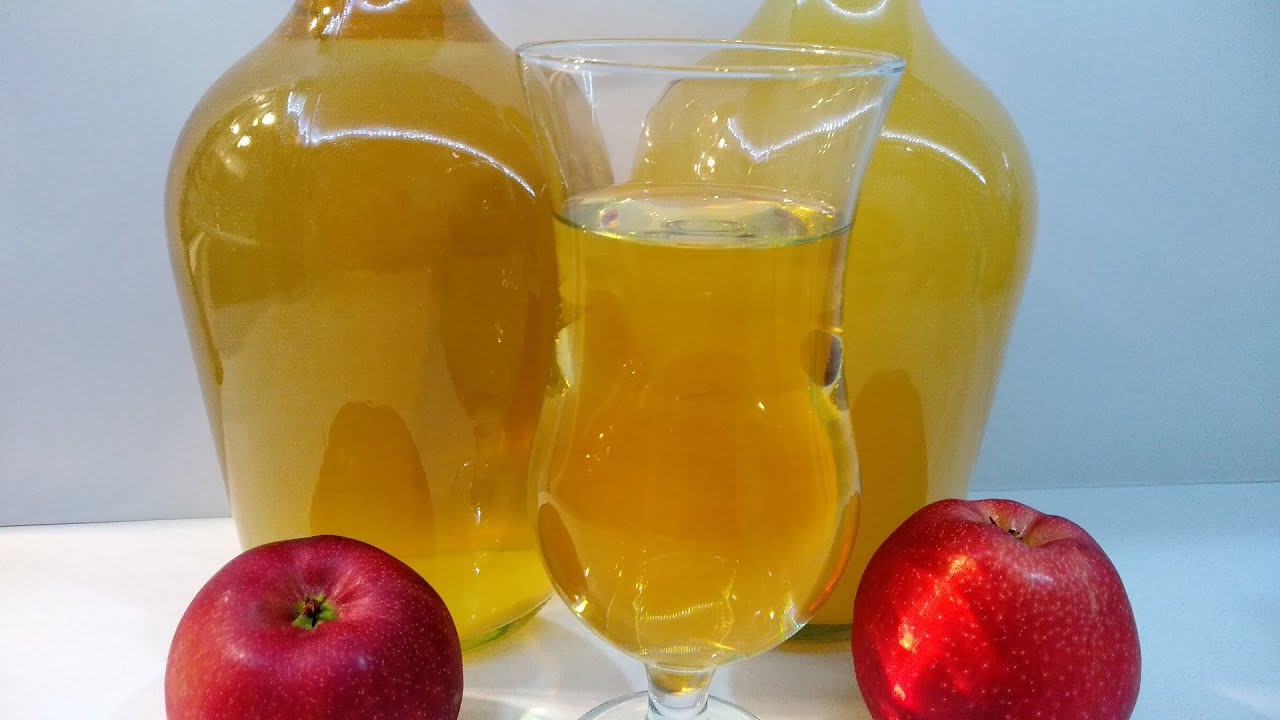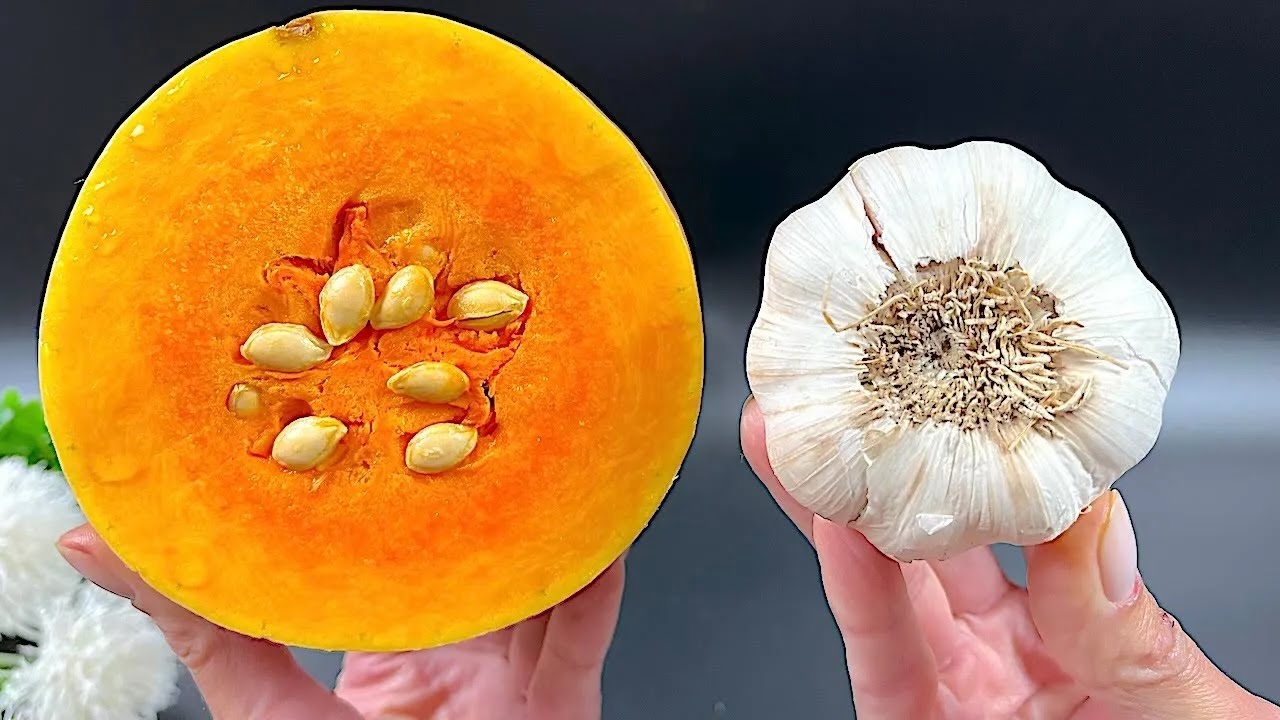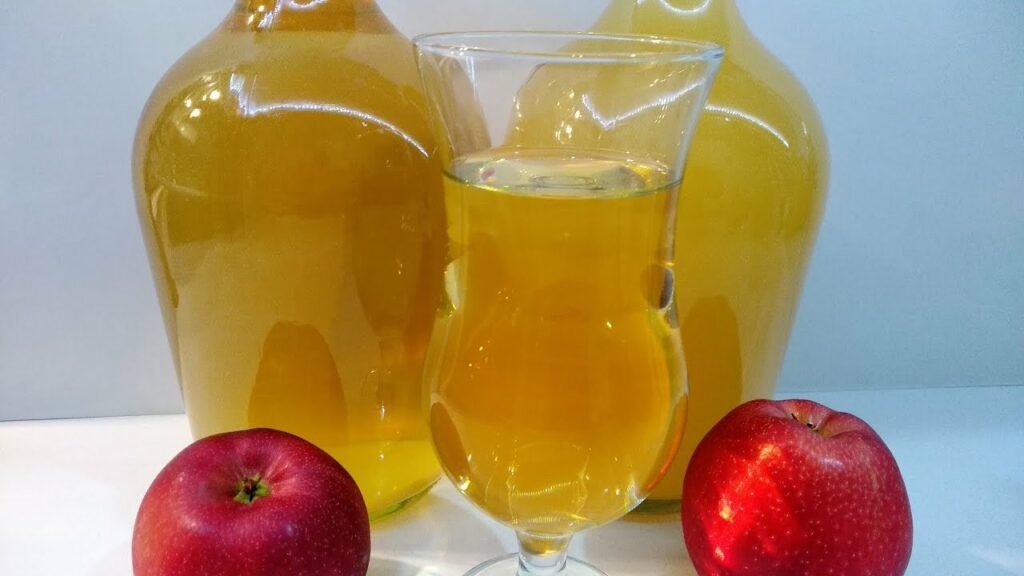
Making apple cider vinegar (ACV) at home is not only rewarding but also ensures you have a pure, organic product to enjoy and share. Whether you’re using it for its health benefits or as a flavorful addition to recipes, homemade ACV is surprisingly simple to create. Here’s how to make apple cider vinegar step by step, using basic ingredients and a little bit of patience.
What You’ll Need
-
3 to 4 apples (any variety, but organic is best)
-
2 teaspoons of sugar
-
Filtered water
-
A large glass jar
-
Cheesecloth or a clean kitchen towel
-
A rubber band or string
Instructions
-
Prepare the Apples: Start by washing the apples thoroughly. Core and chop them into medium-sized pieces. The skin, seeds, and stems can all be included since they contribute to the fermentation process.
-
Start the Fermentation: Place the chopped apples in your glass jar. Dissolve the sugar in a cup of water and pour it over the apples. Add more water until the apples are completely submerged. It’s important that the apples are covered to prevent mold from forming on exposed pieces.
-
Cover the Jar: Place the cheesecloth or kitchen towel over the opening of the jar and secure it with a rubber band or string. This covering allows air in but keeps out insects and dust.
-
Let It Sit: Store the jar in a dark, warm place (around 60-80°F or 15-27°C) for about 3 to 4 weeks. You can stir the mixture every few days to help release the gases produced during fermentation.
-
Strain the Solids: After 3 to 4 weeks, strain out the apple pieces. Return the liquid to the jar and cover it again with the cheesecloth or towel.
-
Second Fermentation: Let the liquid ferment for about 4 to 6 weeks, stirring it every few days. Over this period, you’ll notice the vinegar’s flavor developing. Taste it periodically until it reaches the acidity and flavor strength you like.
-
Finish and Store: Once the vinegar has matured to your liking, transfer it to a bottle with a lid and store it in the pantry. It will keep indefinitely.
Tips for Success
-
Apple Selection: The type of apples you use will affect the flavor. For a sweeter vinegar, use sweeter apples. For a sharper taste, go with tart varieties.
-
Hygiene: Make sure all utensils and jars are very clean to avoid introducing any unwanted bacteria into your vinegar.
Uses for Homemade Apple Cider Vinegar
Apple cider vinegar is incredibly versatile. Use it in salad dressings, marinades, or as a health tonic mixed with water and honey. It’s also popular for its supposed health benefits, including aiding digestion and improving skin health.
